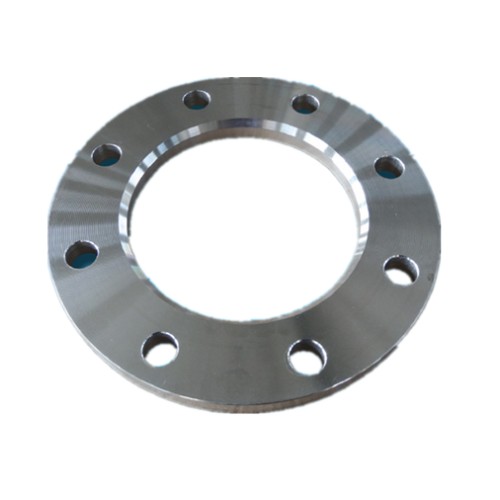double welded slip on flange
Double Welded Slip-On Flanges An Overview
Double welded slip-on flanges are essential components in many piping systems, providing a robust solution for joining pipes and equipment. Their design offers flexibility and strength, making them ideal for various applications across industries such as oil and gas, chemicals, water treatment, and construction.
Design and Construction
The double welded slip-on flange is designed to slide over the end of a pipe, with a raised face or flat face that allows for a tight seal when bolted to another flange. The double welded aspect signifies that both the inside and outside of the flange are welded to ensure a leak-proof connection. This welding technique provides added strength and pressure-handling capabilities, making these flanges suitable for high-stress environments.
Manufactured from a variety of materials such as carbon steel, stainless steel, and alloys, double welded slip-on flanges are available in numerous sizes, thicknesses, and pressure classes. The choice of material greatly influences the flange's performance, durability, and resistance to corrosion. For example, stainless steel flanges are often used in environments prone to corrosion, such as those involving chemicals or saltwater.
Advantages
One of the primary advantages of double welded slip-on flanges is their ease of installation. These flanges do not require precise alignment, as they can easily be placed over the pipe's end and then welded. This can significantly reduce installation time and labor costs, making them a preferred choice for contractors and engineers.
double welded slip on flange

Moreover, the double welded design enhances the flange's structural integrity, allowing it to withstand higher pressures and temperatures compared to single welded or threaded flanges. This feature is particularly advantageous in high-pressure applications, where failure of a connection could result in catastrophic accidents.
Applications
Double welded slip-on flanges are widely used in various sectors. In the oil and gas industry, they are commonly employed in pipelines transporting crude oil, natural gas, and refined products. Their ability to accommodate thermal expansion and mechanical vibration also makes them suitable for power plants and manufacturing facilities where fluid movements are challenging.
Additionally, the versatility of these flanges extends to HVAC systems, water distribution networks, and even in more specialized applications like offshore platforms. Their reliability under diverse conditions ensures their continued use in demanding environments.
Conclusion
In summary, double welded slip-on flanges are a vital component in modern piping systems, offering significant benefits in terms of installation efficiency, strength, and versatility. As industries continue to evolve and require innovative solutions for fluid and gas transportation, these flanges stand out as a reliable choice. Designers and engineers must consider the specific demands of their applications, including pressure, temperature, and corrosive factors, to select the most appropriate flange type. With proper selection and installation, double welded slip-on flanges can enhance the longevity and safety of piping systems, ensuring seamless operations for years to come.
-
The Key to Fluid Control: Exploring the Advantages of Ball Valves in Industrial SystemsNewsJul.09,2025
-
The Versatile World of 1, 2, and 3 Piece Ball ValvesNewsJul.09,2025
-
Stainless Steel Ball Valves: The Ideal Choice for Efficient Flow ControlNewsJul.09,2025
-
Optimizing Fluid Control with Ball Float ValvesNewsJul.09,2025
-
Manual Gate Valves: Essential for Control and EfficiencyNewsJul.09,2025
-
Everything You Need to Know About Butterfly ValvesNewsJul.09,2025
-
The Versatility of Wafer Type Butterfly ValvesNewsJul.08,2025




